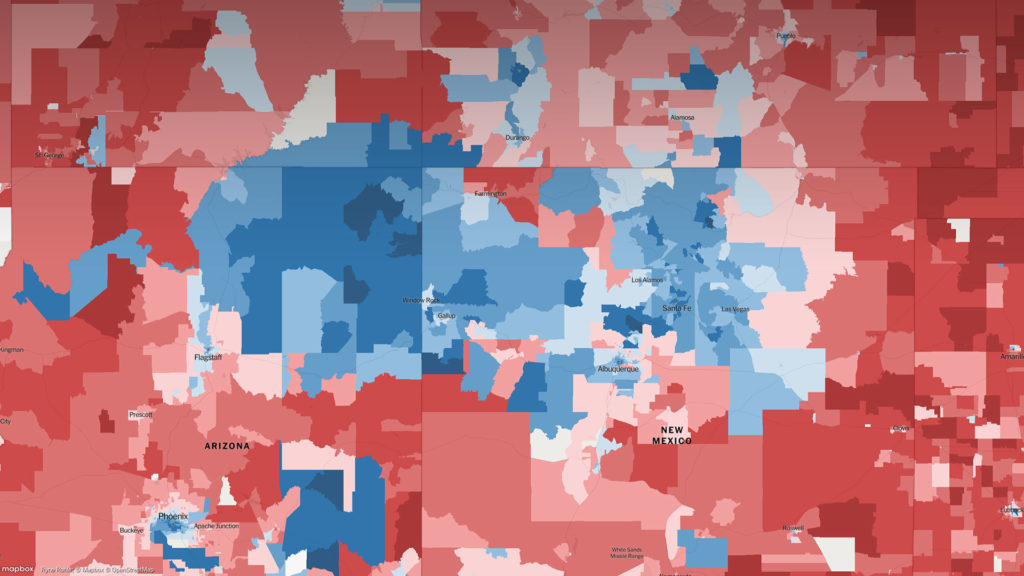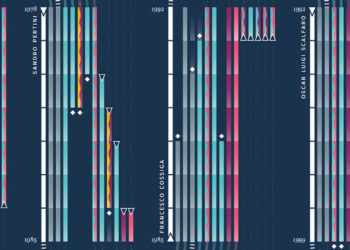We live in an era of data explosion, where nearly every application/website uses data to improve the experience delivered to the users.
Sometimes, the best feature is the data itself. However, table and number charts are often hard to read and it can be hard to draw insights from large data tables.
Instead different data visualization methods can be used that simulate the brain’s ability to process data in a visual way.
In my research I found different Javascript Libraries that could help to make data interactive.


